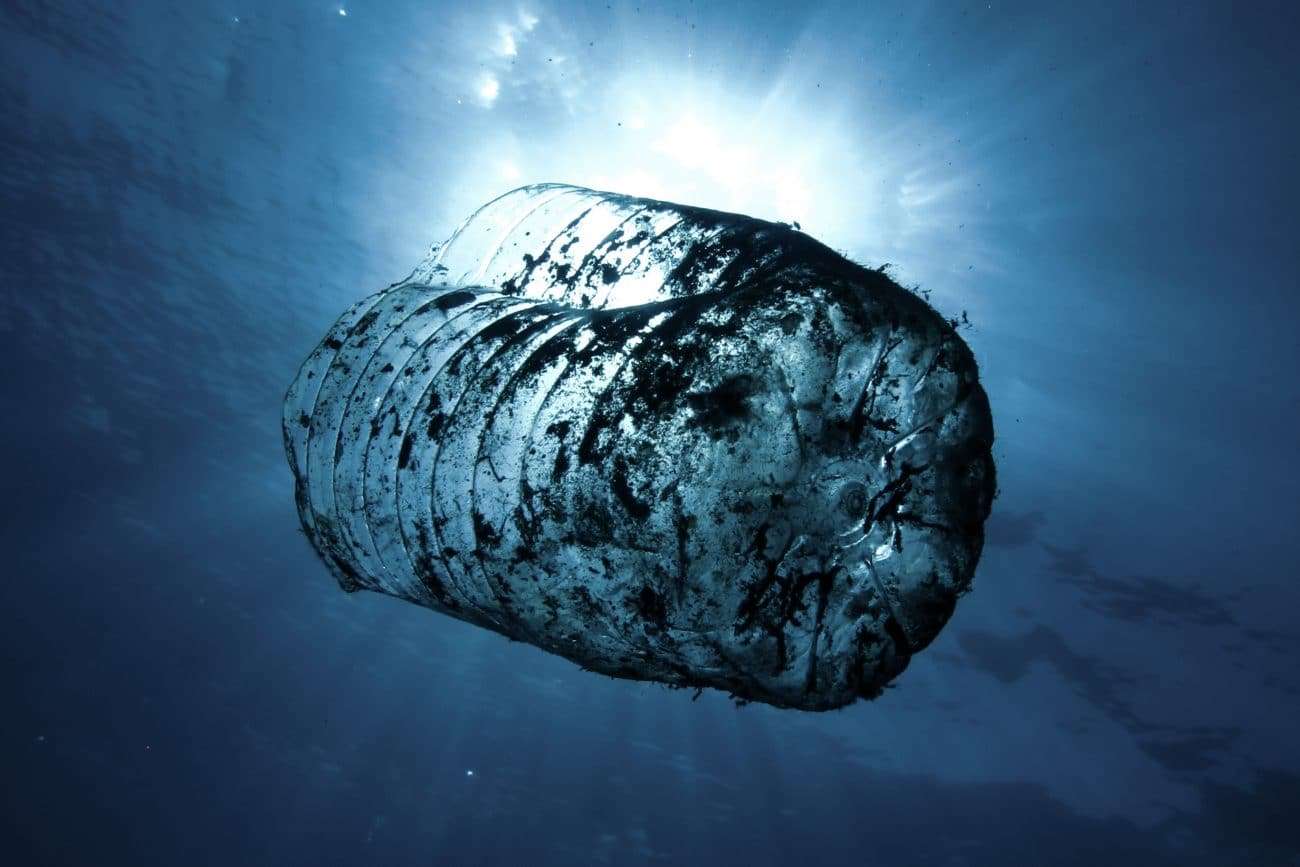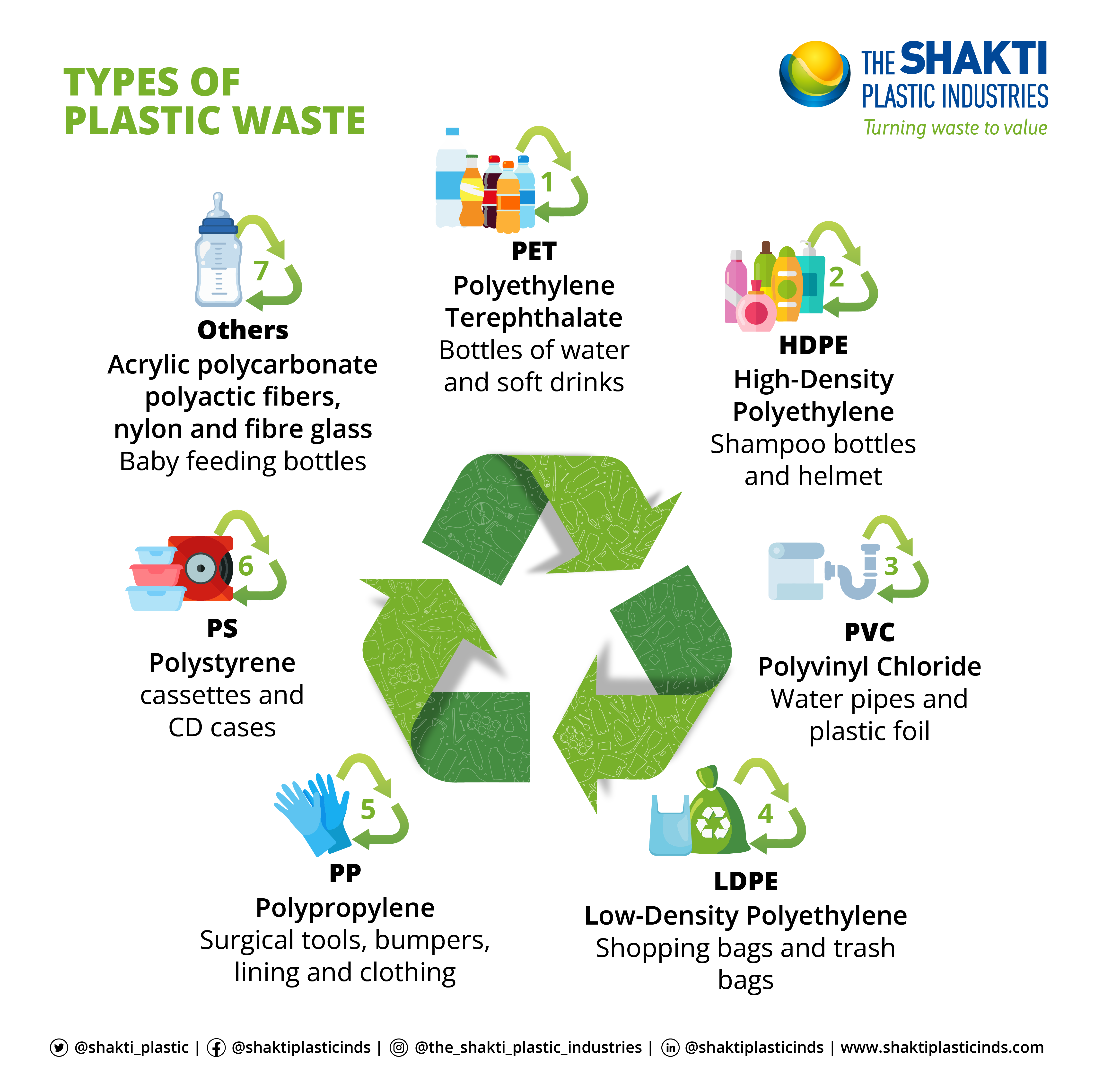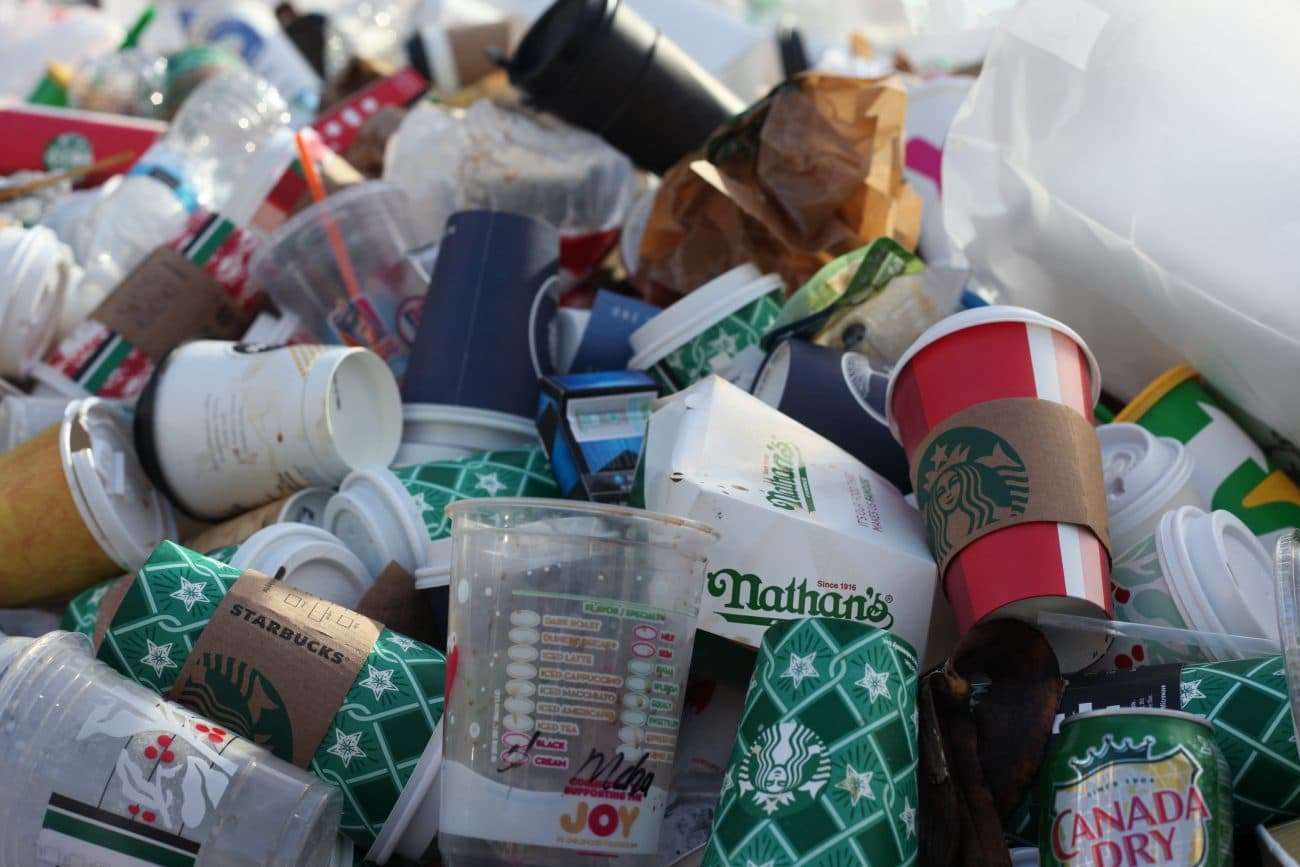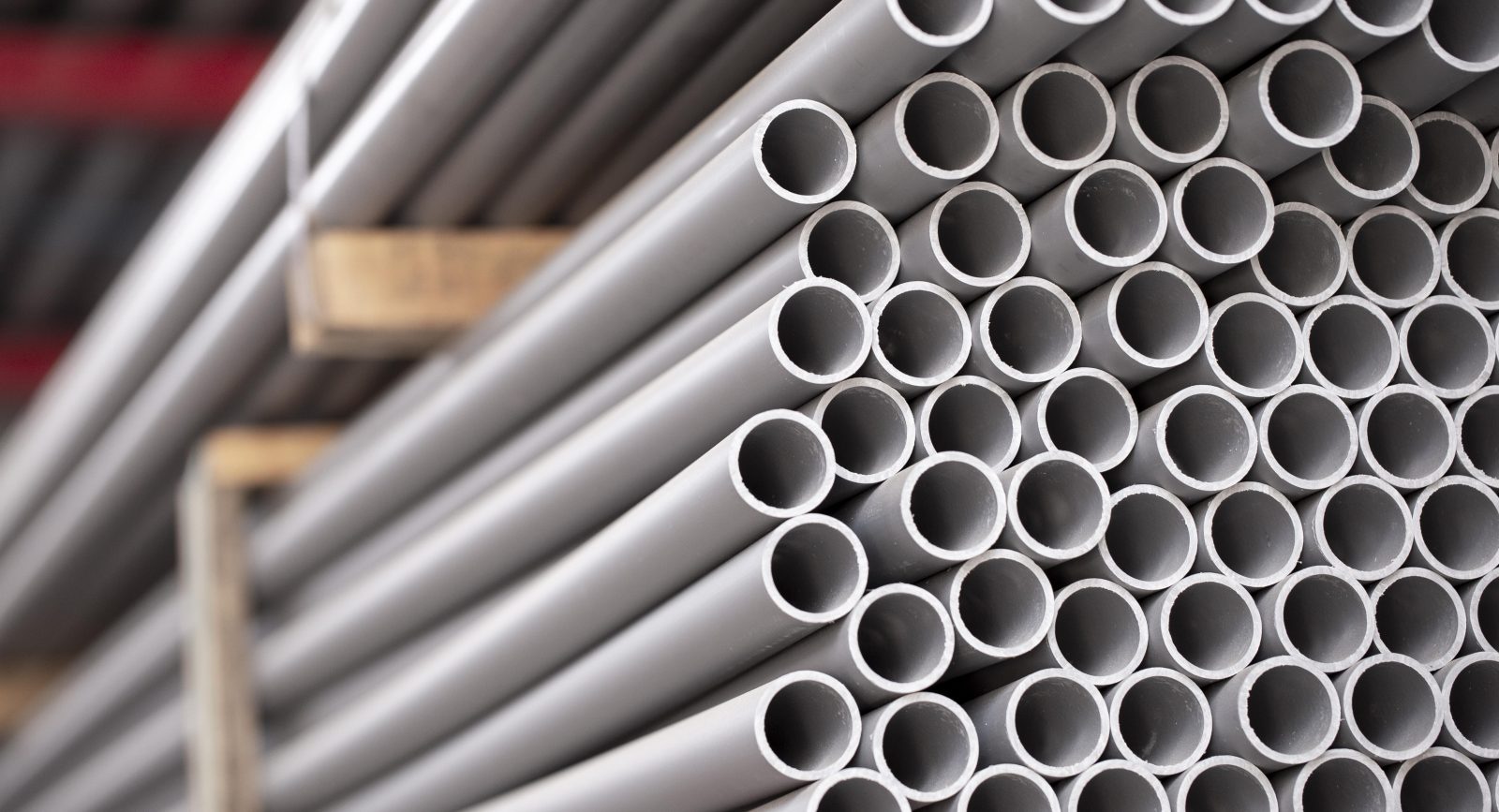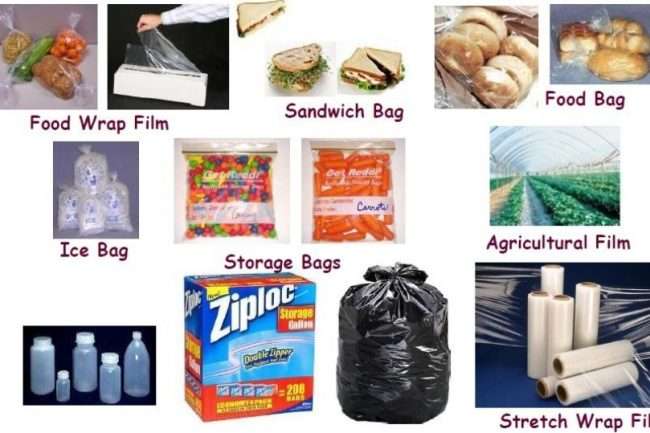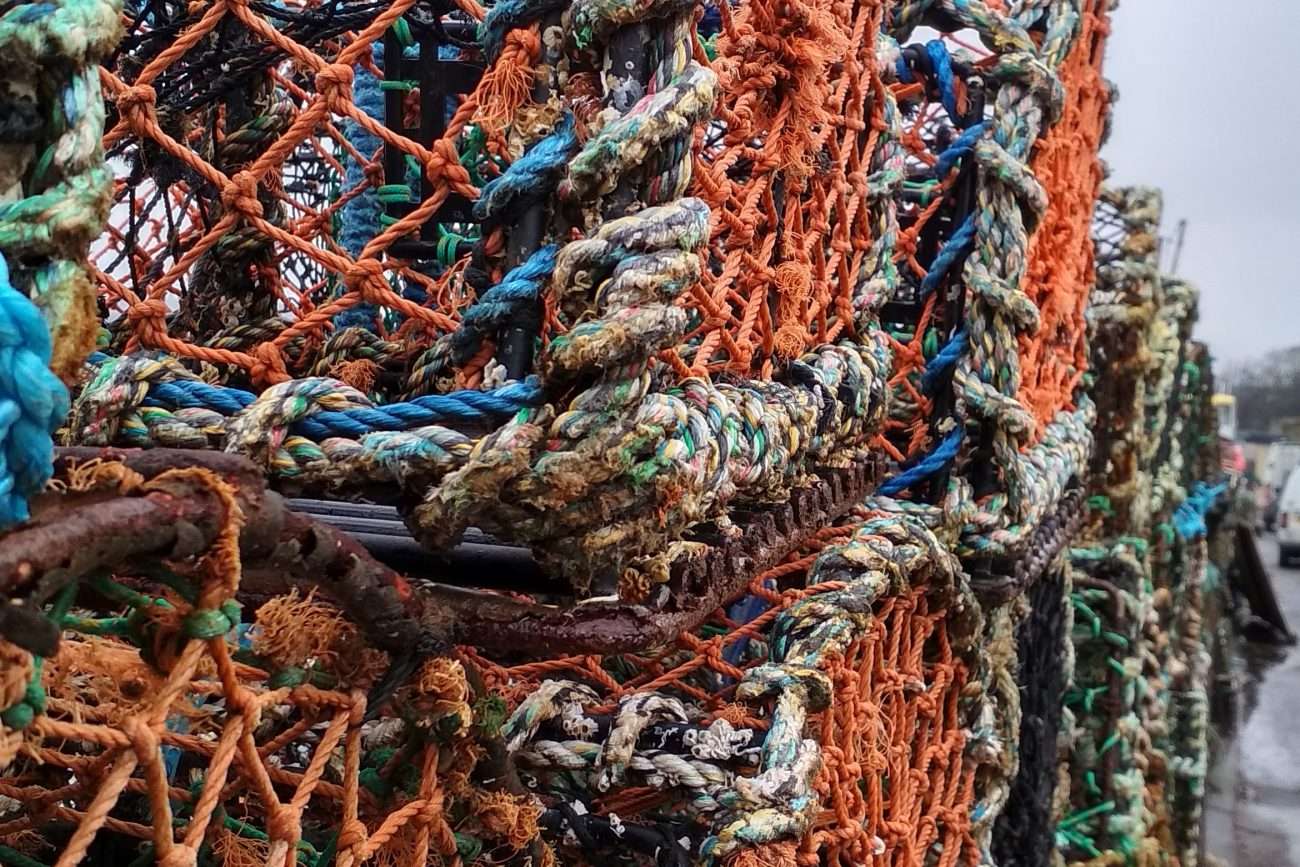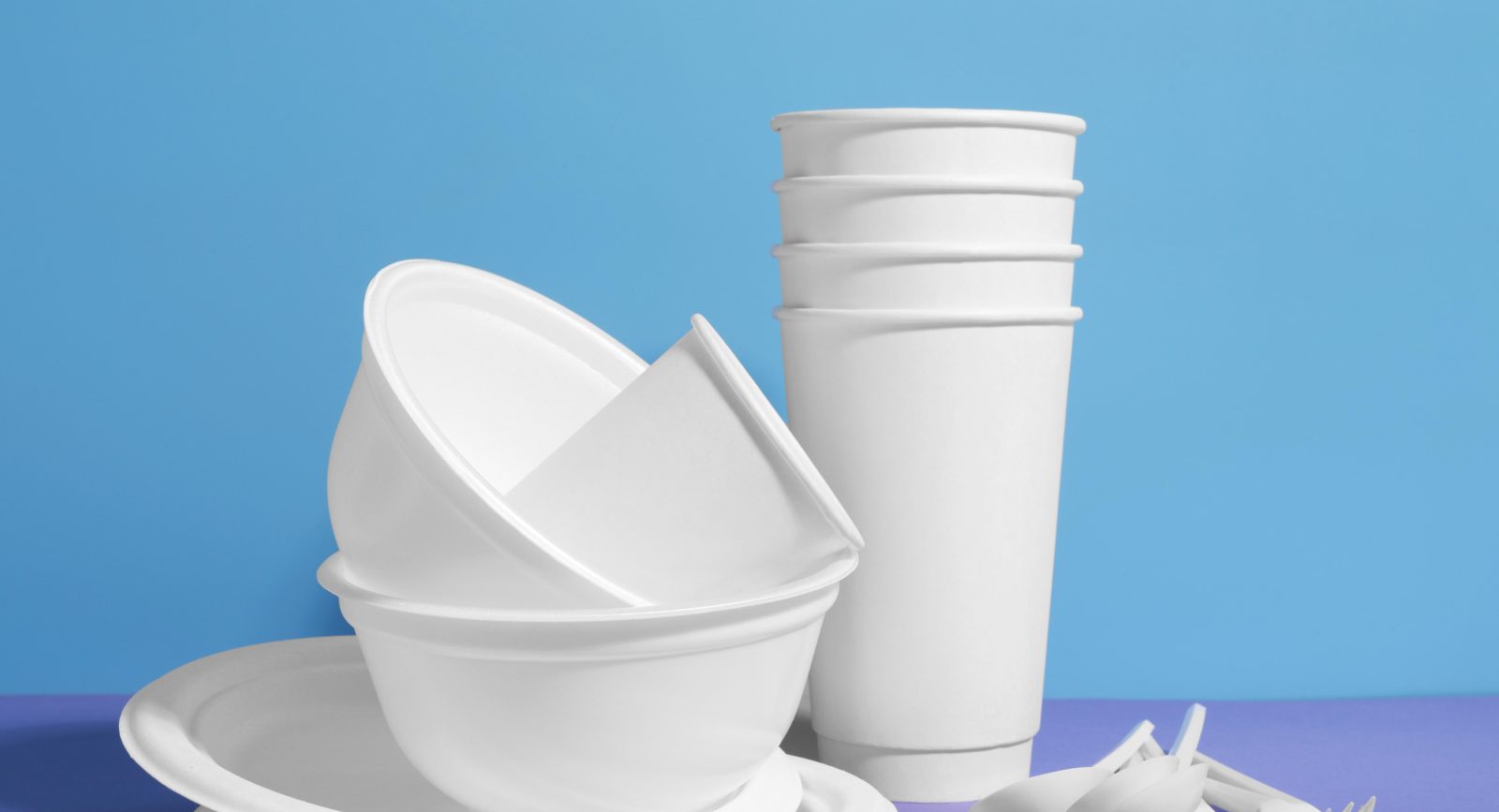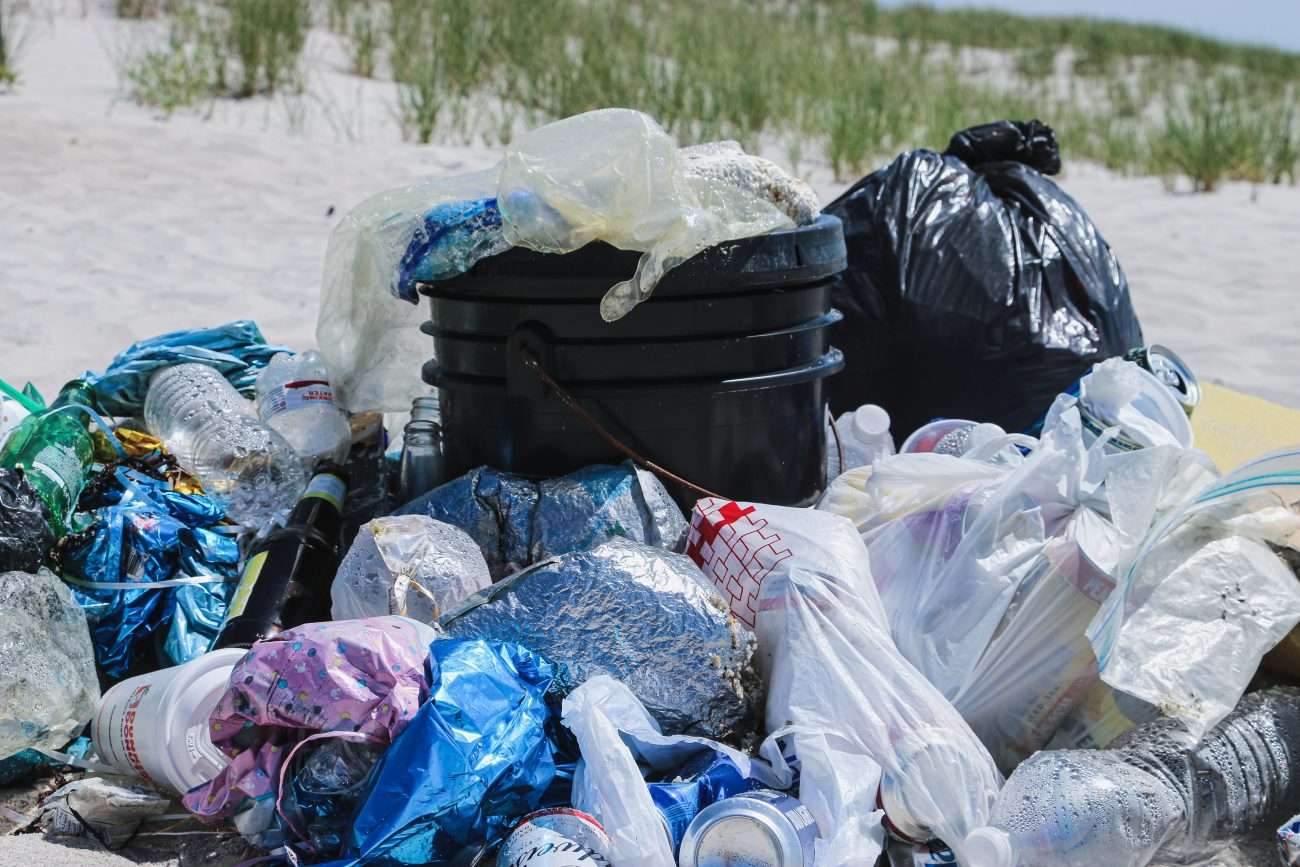Introduction
Plastic is ubiquitous in our daily lives, yet the complexity and variety of types can be overwhelming. This guide discusses different types of plastic and their uses. It also examines the impact of plastics on the environment.
Plastics are cost-effective, require less energy to produce, and are very lightweight and biocompatible. This makes them an ideal material for single-use disposable devices, which currently comprise 85 % of medical equipment.
What is Plastic?
Plastic is a wide-ranging category of synthetic or semi-synthetic materials that are moldable. Manufacturers primarily make plastics from organic polymers of high molecular mass, but they often add other substances.
They have been made since the mid-20th century. They are now essential in many industries. This is because they are versatile and cost-effective.
Why Plastic Waste Recycling is Important?
Cuz, Plastic recycling reduces C02 emitted from the manufacture of new plastic, emissions from carbonizing plastic waste, and prevents waste from going to landfills or decomposed lands. Further, recycling is more fuel-efficient, than producing new polymers plastic.
Learn more about Importance of Plastic Recycling
What are the 7 types of plastic?
You can distinguish the plastic by recycling symbols (mentioned below in the diagram) with the number used, and you can come to know which kind of plastic is used for what and its recyclability.
What are the 7 different types of plastic waste?
- Polyethylene Terephthalate (PETE)
- High-Density Polyethylene (HDPE)
- Polyvinyl Chloride (PVC)
- Low-Density Polyethylene (LDPE)
- Polypropylene (PP)
- Polystyrene (PS)
- Miscellaneous Plastics (Mix plastics)
Polyethylene Terephthalate (PET)
Polyethylene terephthalate which is also defined as PET or PETE is mainly used to manufacture the packaging material for food products such as fruit and drinks, and ravages due to their ability to keep the product from spoiling. It is lightweight, transparent, and also available in some colors. People commonly use PET in water bottles and packaging because of its strength and recyclability. One of the most commonly recycled plastic types.
They are safer than the rest of the plastic. They are the most used plastic all around the world as have a high strength-to-weight ratio. Polyethylene terephthalate is easily recycled. Hence it is code as number 1.
High-Density Polyethylene (HDPE):
HDPE stands for high-density polyethylene, which is a thermoplastic polymer. It is mostly used for Hygiene products like plastic bottles, milk jugs, juice containers, shampoo bottles, body wash products, bleach bottles, cutting boards, and piping and is also used in children’s toys. HDPE is known for its high strength-to-density ratio. Used in everything from milk jugs to detergent bottles, it is also readily recyclable.
With its lightweight, durability, and malleability, HDPE is a perfect material for injection molding. It’s easily recycled and is quite strong and thick when compared to PET. It is code as number 2.
Polyvinyl Chloride (PVC)
Polyvinyl Chloride can be defined as PVC it is a “thermoplastic” material. PVC offers a wide variety of applications and advantages across multiple industries in both rigid and flexible forms. In particular, Rigid PVC possesses a high density for plastic, making it extremely hard and generally incredibly strong. PVC has an extremely durable nature and is lightweight, making it an attractive material for construction, plumbing, and other industrial applications. PVC is robust and resistant to environmental degradation. People use it in plumbing, cable insulation, and window frames, but they do not usually recycle it due to its chemical composition.
PVC is very dense compared to most plastics, readily available, and cheap. And has excellent tensile strength. Due to being easily recyclable, its code as number 3
Low-Density Polyethylene (LDPE)
LDPE’s lower density and branched molecules provide it with somewhat different properties. It is resistant to impact (doesn’t break easily), moisture (waterproof), and chemical resistance (can stand up to many hazardous materials). It is mostly used as bags for groceries, newspaper delivery, dry-cleaning, bread, beverage cups, plastic wraps, and so on, plus product overwraps, bubble wrap, and cereal box liners. Plus there are many industrial and agricultural uses, particularly plastic film and packaging to protect all sorts of products.
Manufacturers commonly use LDPE in plastic bags and flexible packaging. It is known for being flexible, but recycling it is more difficult than HDPE. They are recycled into film plastic, furniture, plastic lumber, rubbish, and compost bins. Due to its different properties, its code is 4.
Polypropylene
Polypropylene also known as ( polypropene ), is a thermoplastic polymer used in a wide variety of applicants. In simple terms plastic is known for being a tough and rigid material. PP is used in automotive parts, containers, and packing material. It resists heat and acts as a barrier against moisture, making it a popular but challenging candidate for recycling.
Polypropylene is one of the foremost common sorts of plastic utilized in the manufacturing process. The code for this 5
Polystyrene
Polystyrene may be a synthetic hydrocarbon polymer made up of the monomer referred to as styrene. It can either be solid or foamed form. You may be very familiar with the word Styrofoam (Thermocol ). Commonly used polystyrene is transparent, hard, and brittle.
Often found in disposable cutlery and CD cases, PS is lightweight and easy to form. Its recycling is infrequent because of economic and environmental concerns associated with its breakdown. It is mostly used for Plastic forks, DVD cases, the housing of computers, model cars, toys, rulers, and hair combs, disposable cutlery and bowls, packing materials, and egg cartons. Due to various use its code as 6
Other Plastics
Other Plastics are plastic which is different from all plastic. It`s polycarbonate, polylactide, acrylic, acrylonitrile butadiene, styrene, fiberglass, and nylon. plastic CDs and DVDs Baby Bottles Large water bottles with multiple-gall capacity Medical storage containers Eyeglasses Exterior lighting fixtures. It is not very easy to interrupt down these plastics once they’re created unless they’re exposed to high temperatures.
Impact of Plastics on the Environment
While plastics have provided technological advances, their durability poses a significant environmental challenge. Microplastic pollution and the long-term sustainability of petroleum-based production are pressing concerns.
Innovations in Plastic Production and Recycling
Recent developments in bioplastics and enhanced recycling processes are promising. These innovations aim to reduce the environmental footprint of plastics and improve the efficiency of recycling systems.
How to Identify Different Types of Plastic
Understanding recycling symbols and codes is crucial for effective recycling and environmental conservation. This knowledge empowers consumers to participate actively in recycling initiatives.
Conclusion
This guide underscores the importance of understanding different types of plastic, their applications, and environmental impacts. By fostering informed choices, we can collectively contribute to more sustainable practices and effective recycling.

